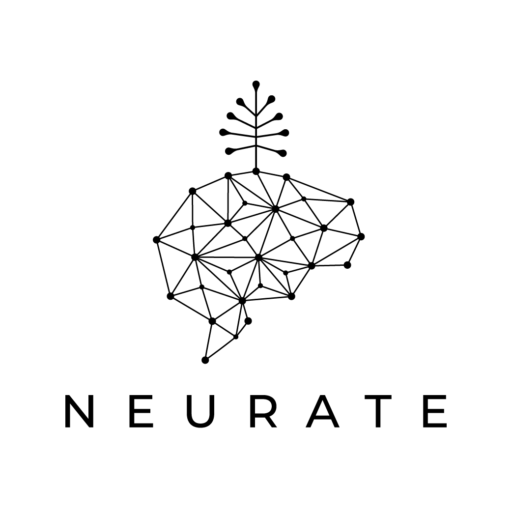Leaders often encounter the situation when changing the way people work is more difficult than expected. Neuroscience has recently provided new evidence of why change has proven to be troublesome. Even when it is clear that the individual and the company would benefit from new behaviors and skills, this does not work out as smoothly as assumed in practice. A person can be motivated to change, but implementing it in practice can be filled with frustrations and resistance. Brain research gained important insight into the causes of this frequent occurrence.
One of the reasons as to why change is so difficult is that novelty and discrepancies in our environment activate brain regions associated with fear and stress. The orbitofrontal cortex is responsible for detecting errors and it activates our fear circuitry located in the amygdala. These brain areas are one of the most primitive parts of the mammalian brain in charge of survival mechanisms. This cognitive modality of screening the environment for potential threats is called the „Object recognition system“ in the PSI theory. The problem is that this cognitive function shuts down access to areas such as the prefrontal cortex that are necessary for learning and development. Hence, when a change is proposed to employees, their novelty and error detection mode is turned on. This puts people in a defensive state of vigilance and stress, while simultaneously shutting down access to creative thinking, intrinsic motivation and the feeling of safety. People become reactive rather than reflective.
Another reason is that change is energetically expensive from the brain’s perspective. Performing routine tasks with minimal conscious effort is the most efficient way for the brain to operate. All well-known tasks and long-standing habits are operated via the brain area called the basal ganglia. It can function extremely well, requiring much less metabolic energy than other higher cognitive functions. It orchestrates the neural circuitry of deeply-ingrained habitual behavior by linking already established and well-known behavioral models. It is the brain´s low-cost default mode. Routine tasks are the easiest way to operate since they do not require effortful and costly conscious attention. For example, once driving has been mastered, the behavior becomes automatic and mental space is freed up. If we needed to think about every single detail of driving a car, as we did in the learning phase, it would become burdensome. Hence, for the most experienced drivers, it becomes stressful if they suddenly need to drive in a different country on the other side of the road.
A lot of attentive and conscious effort is needed for modifying hardwired habits. This is why it is intuitively avoided, since it is linked to the discomfort of investing mental energy. For the brain’s perspective, the use of higher cognitive functions seated in the prefrontal cortex rapidly produces fatigue. It is limited in its capacity to hold and process new and complex information. This is why it takes conscious effort and willpower to push back against ingrained old habits to integrate new ones.
In fact, the discomfort we feel on encountering a need for change has an evolutionary role. It is actually designed to motivate us to learn a new behavior to overcome the pain of the current situation. We often interpret this uneasiness as a stop signal to avoid something, when in fact, it is supposed to push us out of our comfort zone. The brain sends powerful reward signals via the reward/motivational mesocorticolimbic circuitry once we learn a new successful behavior to relieve the pain.
When change is an imposed external event, rather than an intrinsically motivated desire, it can be expected that some degree of resistance will occur. Linking the change a leader wants to implement with personal employee goals can activate their innate resources, rather than the primitive stress response. Understanding the neurobiology of behavioral modifications can assist leaders in designing successful approaches to implementing change.
References:
Arnsten, A.F.T. (2015). Stress weakens prefrontal networks: molecular insults to higher cognition. Nat. Neurosci. 18, 1376–1385.
Baumann N, Kuhl J. Pers Soc Psychol Bull. 2003 Apr; 29(4):487-97.
Baumann N, Kuhl J. J Pers. 2005 Apr; 73(2):443-70.
Burke A, Heuer F, Reisberg D., Mem Cognit. 1992 May; 20(3):277-90.
Derryberry, Douglas; Reed, Marjorie A. Journal of Abnormal Psychology, Vol 111(2), May 2002, 225-236
Navratilova, E., and Porreca, F. (2014). Reward and motivation in pain and pain relief. Nat. Neurosci. 17, 1304–1312.

